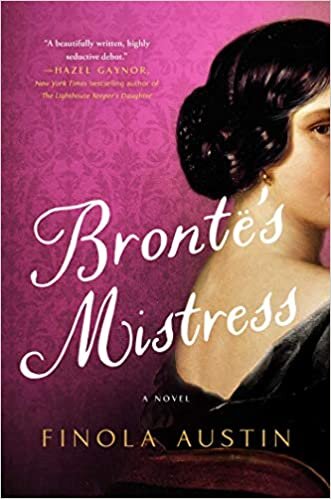In 2009, Hope Adams visited the Victoria & Albert Museum in London and came upon The Rajah Quilt, which she learned was stitched by female convicts in 1841 aboard a transcontinental voyage via the Rajah. This ship transported thousands of women, convicted of petty crimes, from London to van Diemen’s Land (modern day Tasmania) in the 1840s. On this 1841 trip, a group on board under the guidance of chaperone Keziah Hayter, who taught the women needle-working skills, formed the tapestry. The quilt now hangs in the Museum of Australia, in Canberra. Fascinated by this quilt, Adams imagined the desperate lives of these female prisoners—including the crimes they committed and why—and the result is this stunning novel.
Your novel, DANGEROUS WOMEN, was inspired by the Rajah quilt, which was stitched by female convicts during their transcontinental voyage. When dealing with the historical account, women are often sidelined and details can be sparse. How did you go about researching for this book, and are your characters based on real convicts?
There is an awful lot we know about the real convicts on this trip. Online, you can access the records that the Captain and the Surgeon Superintendent kept. Kezia Hayter kept a diary. The scene where the women are asked their details must be true because we have their heights, eye and hair colours and details of their crimes, all written down. And we have every name too, but I decided to NOT use the names of anyone who actually sailed on the Rajah. It gave me greater freedom to do what I wanted and to put the characters I’d created on to that ship. I also didn’t use the real names because there are people living in Australia and especially Tasmania who are descended from these convicts.
Female friendships and fast connections play a large role in the story. These women have all been forced together by chance and shadowy pasts, yet they manage to form bonds as they would in any other situation. Do you think there is something innately female about these bonds?
I do think that girls in general find it easier to chat and find out about one another and find things in common than boys do. There’s an experiment where doctors looked at 2 nine-year-old girls in a doctor’s waiting room and 2 nine-year-old boys in the same waiting room. The children had no idea they were being looked at. The girls asked one another questions from the get go. ‘Where do you live? Do you have brothers or sisters? “etc. Within minutes they were chatting away and ignoring all the toys left out for them in the waiting room. The two boys did not exchange a word. They just approached the Lego and began building something together…
I read something in the newspaper the other day which said that women were coping much better in lockdown, Zooming and chatting with their friends on Whats App etc whereas men tended to chat and bond mainly in bars etc and felt the lack of them hugely while they are shut. Women find it easier to natter, I think. Hope it’s not sexist in any way to suggest such a thing. They also find it easier to keep up a connection once they’ve made it.
DANGEROUS WOMEN is very much a closed room mystery. Everyone is trapped, and no one is safe on board the ship. With that in mind, how much did you have to learn about ships and sailing in order to deliver this tale?
I did the bare minimum. I went to look around a very famous Clipper ship in London called the Cutty Sark and for the rest, I relied on accounts on the internet. I did have help from the Royal Maritime Museum at Greenwich about portholes…. there were windows on board ship in those days. I’m not very good at research…would much rather be making up things than looking into them.
The characters on board the ship have mostly been convicted of petty crimes--some even committed as acts of desperation to escape violent husbands. Why did you choose the title DANGEROUS WOMEN?
The book went through lots of titles. For quite a long while it was going to be called CONVICTION. I never liked that title because Denise Mina, the Scottish crime writer, had a book by that name which appeared in 2020. My wonderful US editor, Amanda Bergeron, came up with Dangerous Women and we all latched on to that most gratefully. For a while, the name of the book in my mind was THE WORK OF THEIR HANDS which has now become part of the dedication.
What do you hope readers can take away from this historical tale, and what elements still apply in today's world?
I hope readers will enjoy this book on two levels. First, as a hopefully exciting mystery story with a really involving puzzle they can solve along with Kezia and the others. I hope they’ll also see how important it is for everyone to realize that working together brings unexpected and sometimes extraordinary benefits. I think that cooperative work, and people doing something creative together (putting on a play, making a movie, or a podcast, or anything really…) yields amazing results which we often can’t achieve on our own. I am also a firm believer in the message of George Herbert’s hymn Teach me my God and King and I urge readers to find it online and read the whole thing. It’s the most beautiful poem. The message is: any work however humble is elevated if we do it for the right reasons…. not necessarily for the greater glory of God but to further the common good in some way.






